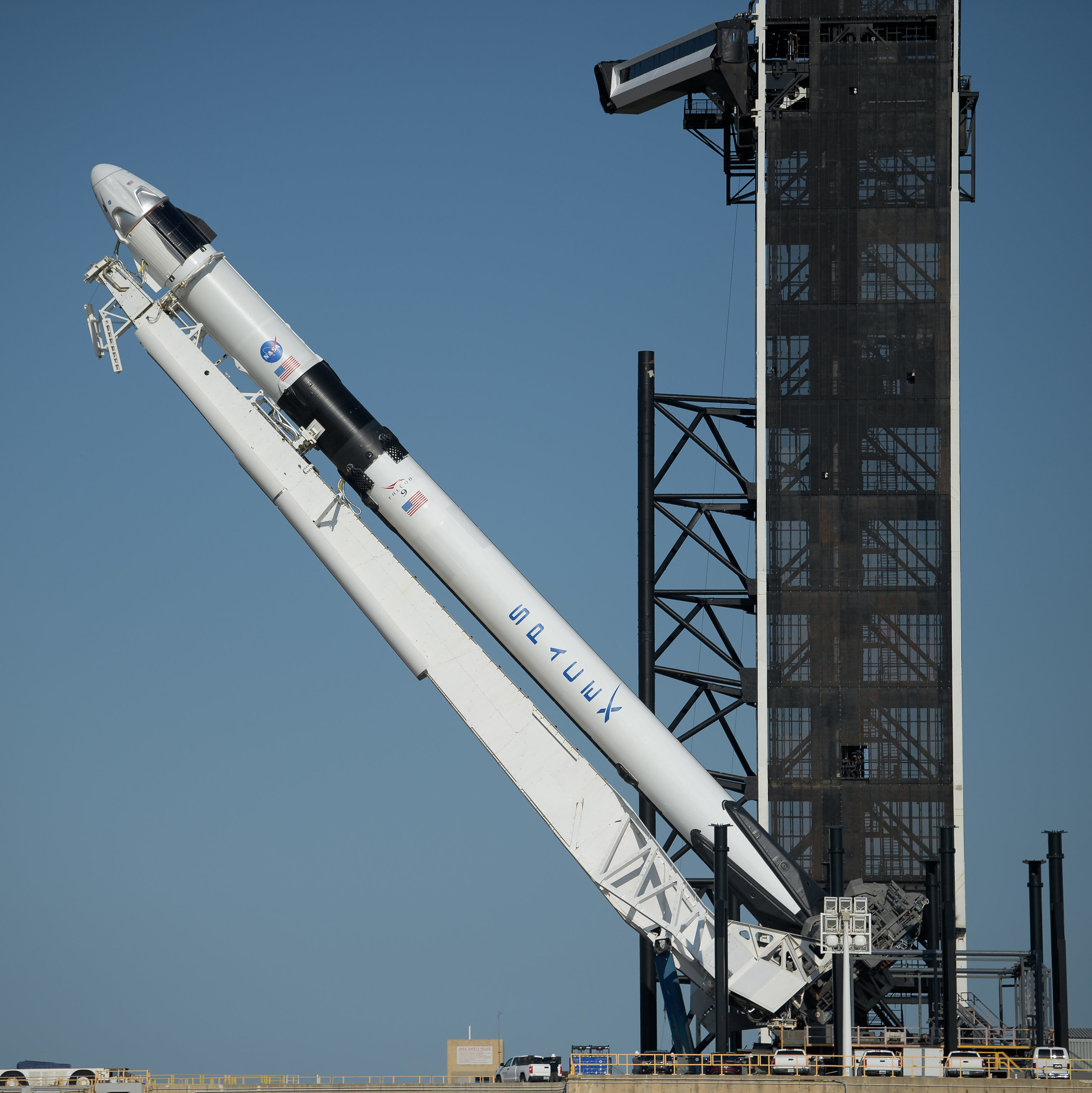

TEMPO will provide the first-ever hourly daytime observation of atmospheric pollution at high spatial resolution over greater North America. The ESA ( European Space Agency) Sentinel-4 satellite, scheduled to launch in 2024, will make measurements over Europe and North Africa. South Korea’s Geostationary Environment Monitoring Spectrometer, the first instrument in the constellation, launched into space in 2020 on the Korean Aerospace Research Institute GEO-KOMPSAT-2B satellite, and is measuring pollution over Asia. “After working on the TEMPO for more than 10 years, it is about time to launch TEMPO to produce real TEMPO data and start the new era of air quality monitoring over North America.”įrom its geostationary orbit – a high Earth orbit that allows satellites to match Earth’s rotation – TEMPO also will form part of an air quality satellite virtual constellation that will track pollution around the Northern Hemisphere. “Our TEMPO slogan is ‘It’s about time,’ which hints at TEMPO’s ability to provide hourly air pollution data,” said Xiong Liu, deputy principal investigator for TEMPO at the Center for Astrophysics | Harvard & Smithsonian in Cambridge, Massachusetts. TEMPO will launch into geostationary orbit 22,236 miles above Earth’s equator in 2022 as a payload on Intelsat 40e. By monitoring the effects of everything from rush-hour traffic to pollution from forest fires and volcanoes, NASA data will help improve air quality across North America and protect our planet,” said NASA Administrator Bill Nelson. “The TEMPO mission is about more than just studying pollution – it’s about improving life on Earth for all. The Tropospheric Emissions: Monitoring of Pollution (TEMPO) instrument will improve life on Earth by revolutionizing the way scientists observe air quality from space. Credit: SpaceXĪ NASA instrument to provide unprecedented resolution of monitoring major air pollutants – down to four square miles – lifted off on its way to geostationary orbit at 12:30 a.m. EDT, SpaceX’s Falcon 9 rocket lifted off the pad at Cape Canaveral Space Force Station in Florida, beginning its approximately hour-long journey to deliver the Intelsat 40e, along with NASA’s Tropospheric Emissions: Monitoring of Pollution (TEMPO) instrument, into orbit. The company that was once an upstart now stands among-if not above-the blue bloods of the US launch industry.Liftoff! At 12:30 a.m. In short, SpaceX increased the flight rate of its rocket even as it has aggressively sought to optimize its performance.

Perhaps more impressively, the Falcon 9 has assumed the mantle of most-experienced rocket while making multiple revisions to its design and incorporating first-stage reuse. (Also, SpaceX is presently the only US company ready to deliver astronauts into orbit). So, before you listen to their next promise, scan the tag and watch all 14 zero-fail launches." Ironically, the ad links to a website,, that no longer exists. "While the other guys deliver press releases, we deliver astronauts and important communication, science and national defense payloads. "While the other guys launch powerful press conferences, we power launches of people and critical payloads," the advertisement states. Consider, for example, this advertisement from 2011, created by Pratt & Whitney Rocketdyne, a competitor that made rocket engines. And throughout much of SpaceX's history, the company heard criticism from established aerospace companies for being "all talk" but no action. The two companies are rivals, competing for NASA and US Department of Defense launch business. Surpassing United Launch Alliance in total launches by a single rocket offers a measure of vindication for SpaceX.


 0 kommentar(er)
0 kommentar(er)
